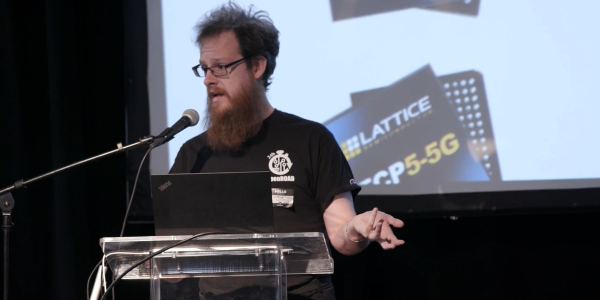If you’ve got a car built in the last 5 years or so, it’s quite likely it’s started by the push of a button when in the presence of a keyfob. Older vehicles make do with the twist of a key. Of course, starting a car by voice command would be cool, and that’s what [John Forsyth] set out to do.
The build uses a Macbook to handle voice recognition, using its Dictation feature. With a hefty download, it’s capable of doing the task offline, making things easier. The dictated words are passed to a Python script, which searches for words like “start” and “go” as a trigger. When an appropriate command is received, the Python script sends a signal over a USB-serial connection to an attached Arduino. The Arduino then toggles a relay connected to the Jeep’s external starter solenoid, starting the vehicle.
As a fan of recent popular films, [John] programmed the system to respond to the command “Jarvis, let’s get things going!”, causing the vehicle to spring into life. There’s room for future improvement, too – the system could benefit from being a little more compact, and there’s a long delay between finishing the sentence and the vehicle starting. A Raspberry Pi and faster dictation software could likely help in this regard.
We’ve seen voice commands used for everything from chess to finding electronic components. Video after the break.





















